Get a mini-toothpaste, *check*, take down the Manfredi crime family, *check*! Apparently, even superheroes use to-do lists to get stuff done. Haven’t seen Spiderman: Far From Home? That’ll have to wait because, in today’s article, we take a look at the history of the to-do list and some high achievers who’ve mastered it. Plus, you’ll learn how to make your to-dos stick!
Love it or hate it, the to-do list is one of the most underappreciated inventions of all time. It’s simple, flexible, and can handle anything from grocery shopping to setting the stage for world-changing tech like the alkaline battery or the movie camera (we’ll get to that).
💡Having a light bulb moment? Put your nuggets on the (digital) page so they don’t slip through the cracks. Here are a few articles that’ll help you turn ideas into reality.
- 🌟 Reinvent Yourself with Personal Knowledge Management
- ✅ The Power of Checklists in Distributed Teams
- 🤔 A Case For Hierarchical Thinking: Solve Problems The Easy Way
🥚 Who Invented the To-Do List?
The History of the To-Do List, Part 1: Lists and Listicles
People have been making lists for centuries. From inventories of things we own (or owe) to garden-variety grocery lists, enumeration has kept civilizations rolling.
“A very clear image of the universe existed in the Middle Ages, and there were lists. A new worldview based on astronomy predominated in the Renaissance and the Baroque era. And there were lists. And the list is certainly prevalent in the postmodern age. It has an irresistible magic.”
Umberto Eco in an interview with Der Spiegel(1)
We know lists were in use hundreds of years ago. But who exactly invented the to-do? At what point did we decide that memorizing important stuff is a terrible idea? 🤔
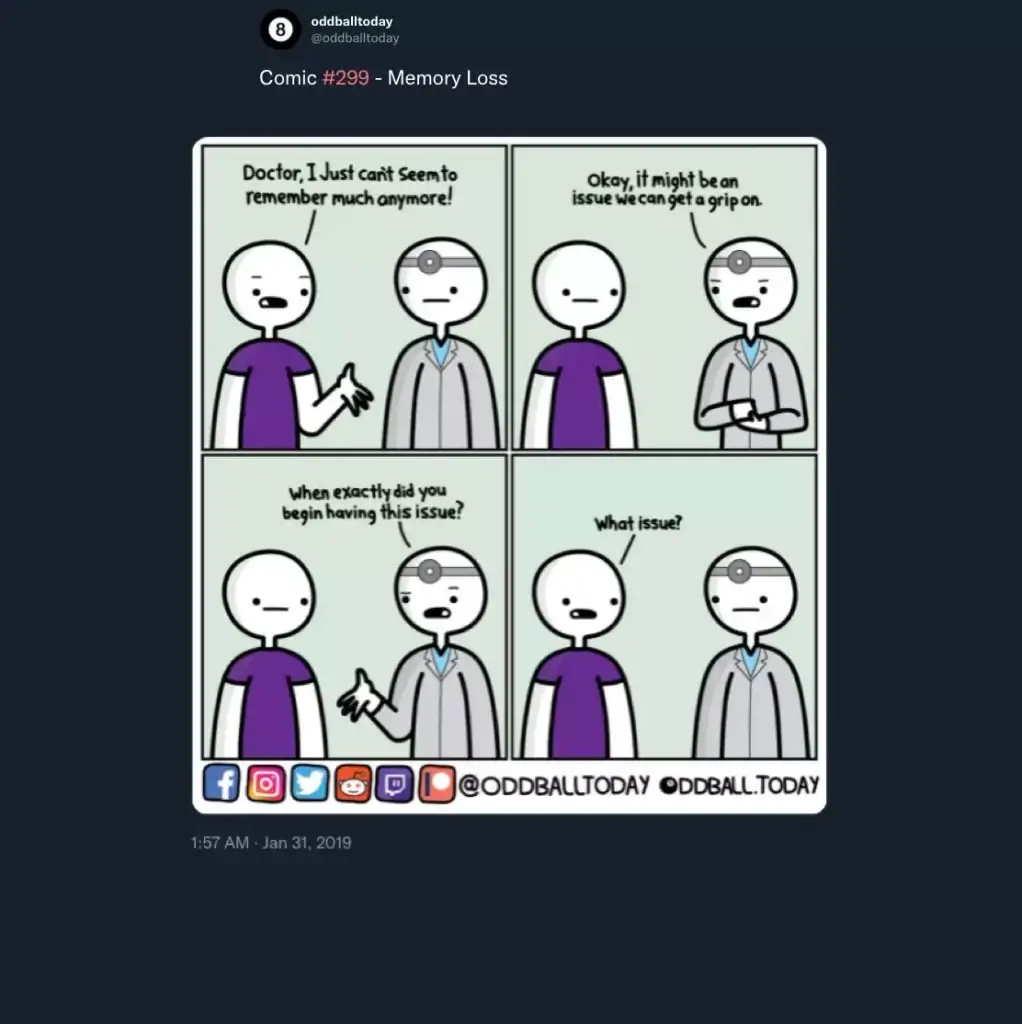
Well, we can’t point to an exact “eureka” moment or some ancient productivity guru who made the breakthrough. But we can take a closer look at the origins of lists.
There are several etymologies of the word, but according to the folks at Circa Navigate, the word first emerged somewhere in the Middle Ages. Or, more precisely, “The Lists” were the arenas where knights clashed lances and shattered shields during tournaments.
“Armies were arraying for battle. Knight’s were meeting in the lists. A tremendous amount of order was being coined in an otherwise chaotic time and in rather chaotic places.”
The Long Listed History Of The List(2)
Ultimately, the history of the to-do list is recorded (pun not intended) by the busy minds who have been using it for centuries. Minds like the superstar founding father Ben Franklin.
The History of the To-Do List, Part 2: Scientists and Inventors
We all have our quirks and flaws of character, and Franklin was no exception. To address that, devised a list of 12 “Virtues” that served as his self-improvement slash to-do system. The list consisted of traits like “temperance” and “frugality” and was part of Franklin’s daily routine.
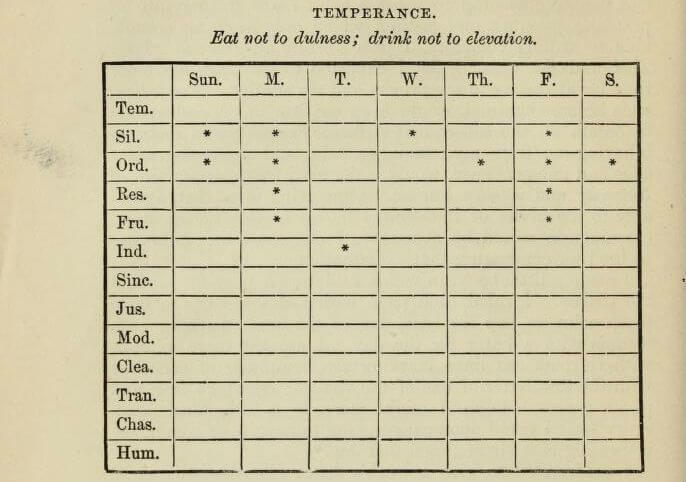
Part of Benjamin Franklin’s 12 virtues (temperance)(3)
Franklin’s system was one of a kind, even if it was only partly a to-do list. But it wasn’t the first to-do we have a record of. Roughly two hundred years earlier, in a different part of the world, Italian polymath Leonardo da Vinci had been rocking to-do lists before they were cool.
A true Renaissance man, da Vinci had his finger in every pie, from art and engineering to geology and human anatomy. And like many great minds, Leo was also an avid note-taker. He filled thousands of pages with notes, diagrams, sketches, and, of course, to-dos.
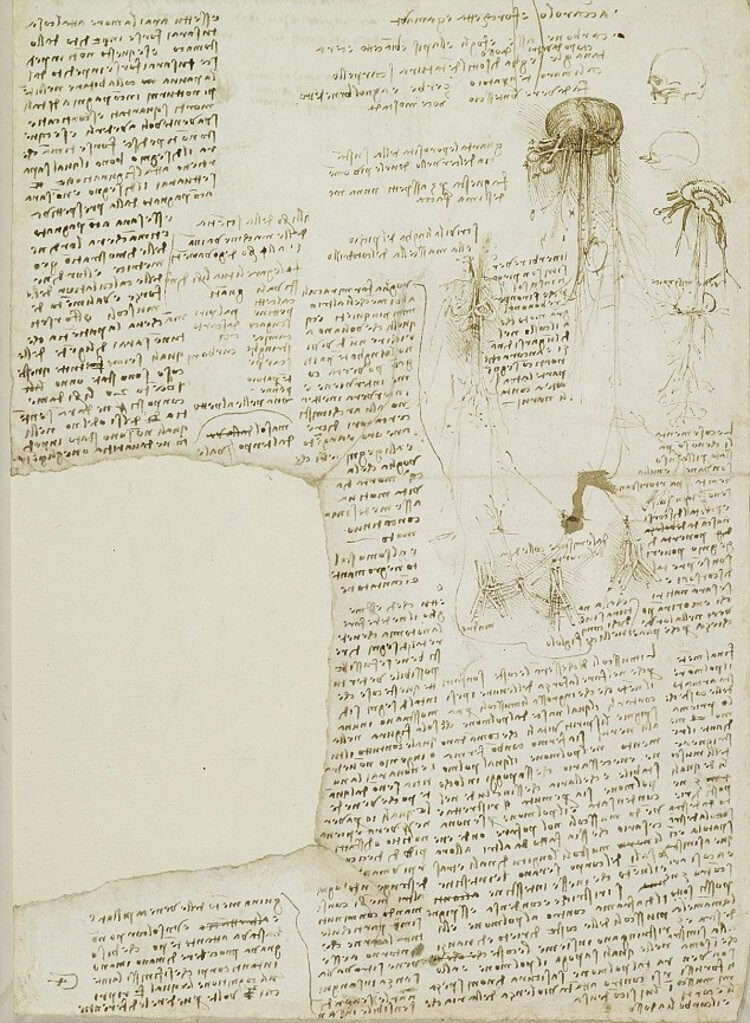
A page with Leonardo da Vinci’s to-dos via Open Culture(4)
Here’s a small sample of one of da Vinci’s to-dos translated by NPR’s Robert Krulwich:
- 🏰 [Discover] the measurement of Corte Vecchio (the courtyard in the duke’s palace).
- 📐 Get the master of arithmetic to show you how to square a triangle.
- 🏹 [Examine] the Crossbow of Maestro Giannetto
- ☄️ Ask Maestro Antonio how mortars are positioned on bastions by day or night.(5)
If that’s not a testimony to the power of to-do lists, we don’t know what is. But hey, if you’re one of those naysayers who think to-dos are for simpletons, here’s another example.
Whether you’re in the Tesla or Edison camp — the Internet jury is still out on this one — it’s hard to deny the latter’s contribution to the world of science. No, the “improved” light bulb — incandescent lamps were invented much earlier — wasn’t Edison’s greatest achievement.
In the notebooks and notes digitized by Rutgers University and unearthed by Maria Popova, we can find a longish to-do list with some projects Edison worked on in the 1880s.
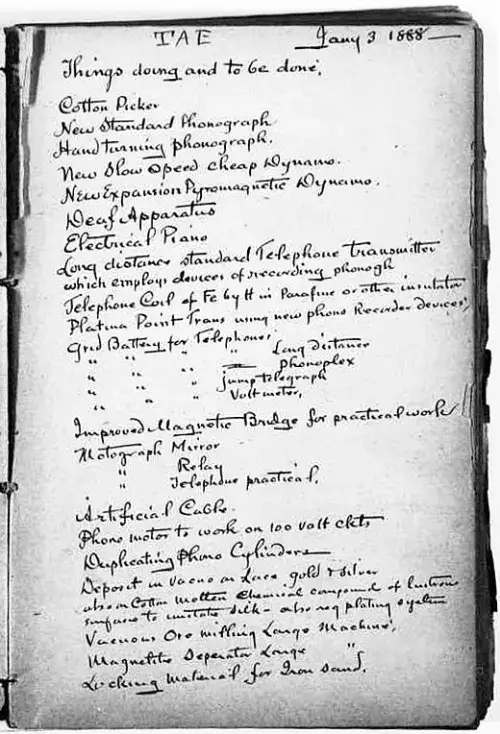
A page from Edison’s notebook featuring an ambitious to-do list via Brain Pickings(6)
Edison’s to-do, dubbed “things doing and to be done,” included curiosities like:
- 🚜 Cotton picker (invented by John Daniel Rust in the 1930s)
- 🦻 Deaf apparatus (invented by Miller Reese Hutchison in 1898)
- 🎹 Electrical piano (developed by Harold Burroughs Rhodes in the 1940s)
Granted, Edison’s to-do list stretches for pages on end and he didn’t deliver on many of its points. But we can’t say he didn’t try. With 1,093 patents to his name, Edison was one of the most accomplished inventors and successful to-do users in history.
The History of the To-Do List, Part 3: Presidents and Eccentric Billionaires
In his 2011 memoir The Notes: Ronald Reagan’s Private Collection of Stories and Wisdom, Ronald Reagan admitted to being a list enthusiast. Reagan’s private notes, stored on index cards like Niklas Luhmann’s Zettelkasten, included thoughts, jokes, and of course, to-dos.
”I have always lived my life by making lists—lists of people to call, lists of ideas, lists of companies to set up, lists of people who can make things happen. Each day I work through these lists, and that sequence of calls propels me forward.”
The Notes: Ronald Reagan’s Private Collection of Stories and Wisdom
Still not convinced? Many successful entrepreneurs are also using to-do lists to build their empires, one check at a time. In a 2017 blog post, Richard Branson presented a page from his diary straight from 1972. The entry included, surprise surprise, a pretty ambitious to-do list.
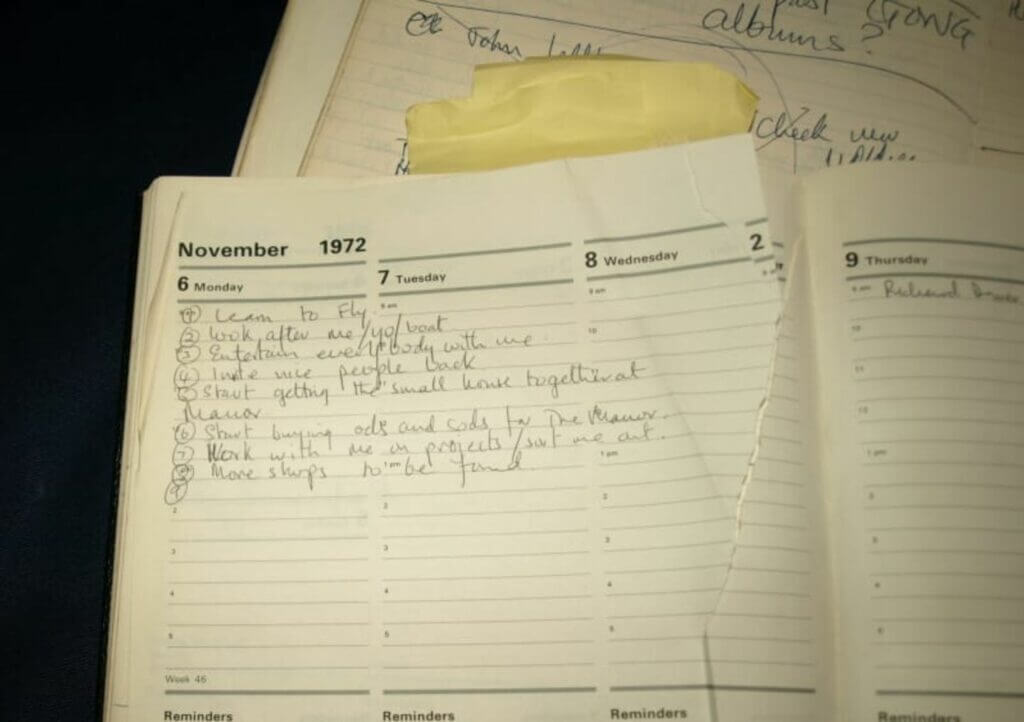
Richard Branson’s 1972 to-do list via Virgin(7)
Of course, that’s only a tiny cross-section of the heavy-hitters who’ve found success rolling with to-do lists. And that makes one wonder: “Why are so many people frustrated with to-do lists?” Or, more importantly, why don’t your to-dos stick?
🍪 The Psychology of the To-Do List
Does the to-do list work? Well, it depends on who you ask. There’s a ton of (mostly anecdotal) evidence online that seems to either support or debunk the potential of a simple list as a productivity tool. But what does science have to say about that?
Beating The Cognitive Overload
The awful truth is the human brain has a severely limited capacity for processing large amounts of information. Sorry, “photographic” memory doesn’t exist outside of Hollywood and there’s only so much your pinky, squishy friend can store before going haywire.
In a 1956 paper, renowned cognitive psychologist George A. Miller argued that our short-term memory has rather limited capacity. According to Miller, the average adult’ can “store” between 5 and 7 “chunks” of information at any given time, a phenomenon known as Miller’s law.(8)
Newer studies have found Miller’s findings optimistic, and the number is likely to be even lower. But that doesn’t mean mnemonics beat the good ol’ to-do list.
The amount of information we have to process every day is staggering. Personal commitments, work responsibilities, and media buzz are enough to make your head spin; enter cognitive overload. According to the American Psychological Association, cognitive overload is:
“the situation in which the demands placed on a person by mental work (the cognitive load) are greater than the person’s mental abilities can cope with.”
APA Dictionary of Psychology(9)
And that makes a lot of sense. After all, you can’t marinate all those “urgent” tasks and ideas in your head and still have the bandwidth to do anything else. Putting tasks and obligations on the (digital) page helps us preserve space and brain juice for creativity and innovation.
But why does checking to-dos feel so darn good? 🤔
Dopamine and the Zeigarnik Effect
As we explained in our previous article on remote minimalism, dopamine is a neurotransmitter — a type of chemical “messenger” produced in the hypothalamus — pumped by the brain whenever you engage in pleasurable and stimulating activities.
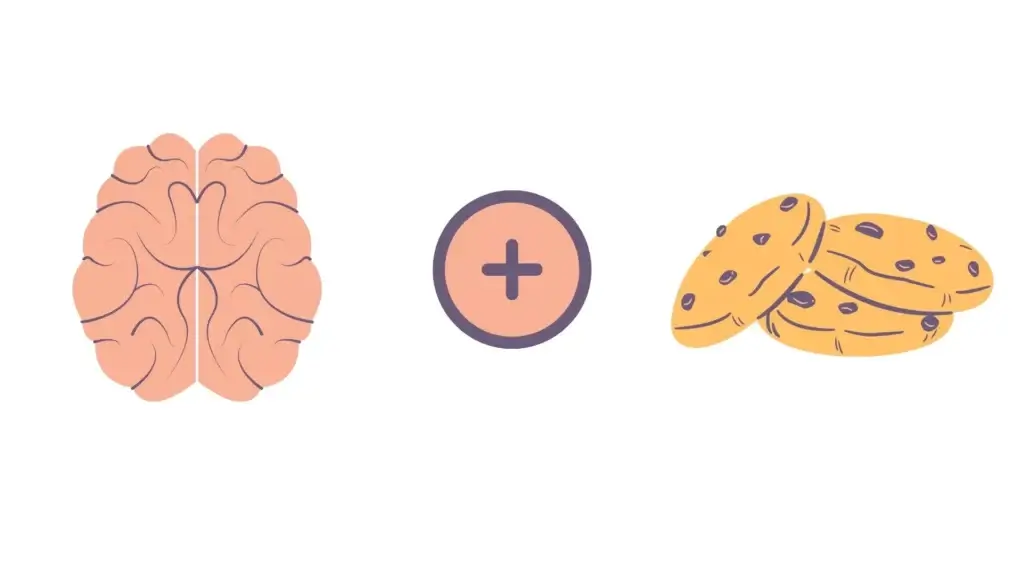
Multiple studies have shown that getting work done and checking items off a to-do list stimulate the hypothalamus to release dopamine.(10) And it makes you feel good. This is the same mechanism that kicks in every time you watch a YouTube video or eat a chocolate cookie.
💭 Trivia: A 2012 brain imaging study published in the Journal of Neuroscience revealed that the way dopamine affects our brain may differ from person to person. This may explain why some people are more likely to benefit from to-dos than others.(11)
One of the most widely quoted scientific observations in connection with to-dos is the “Zeigarnik effect.” According to Bluma Zeigarnik who described the phenomenon in the 1920s(!), we’re more likely to remember and dwell on uncompleted or interrupted tasks.(12)
Starting or even writing down a task bakes it into perception. If for some reason, you fail to complete the task, you may find it difficult to focus on anything else. Adding things to a to-do list creates a similar “anchor” and increases the odds that you’ll finish what you started.
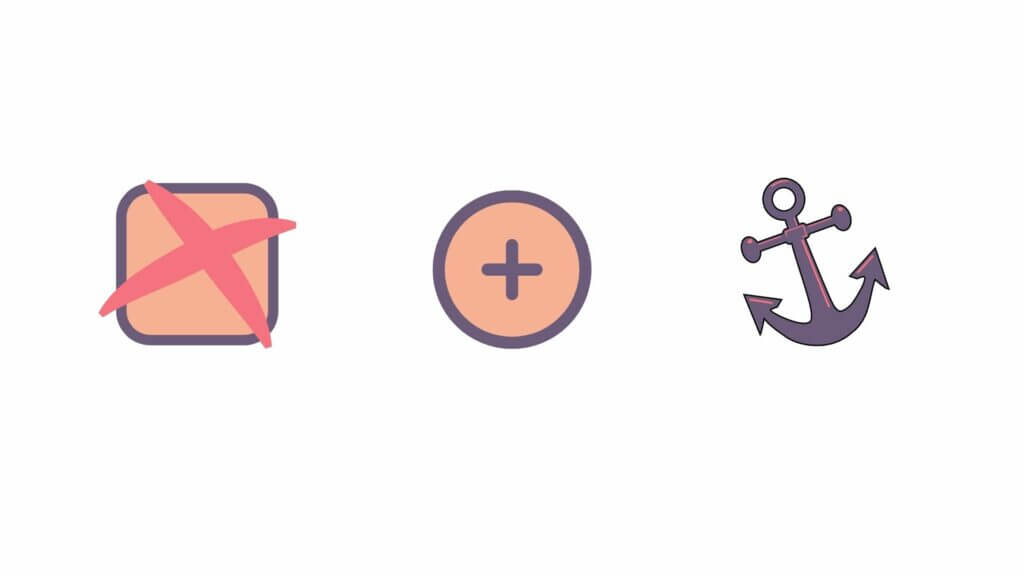
In 2011, Professors E.J. C Masicampo and Roy Baumeister conducted another study that supports Zeigarnik’s observations. It turns out that making plans and writing them down, can partially reduce anxiety and promote goal completion in the long run.
“[…] Committing to a specific plan for a goal may therefore not only facilitate attainment of the goal but may also free cognitive resources for other pursuits.”
E.J. C Masicampo, Roy Baumeister, “Consider It Done!”(13)
It appears there’s more to the to-do list than meets the eye. To-do lists help overcome cognitive overload and navigate the chaotic world we live in. They also help keep track of important projects and small errands and free the brain capacity for creative pursuits.
🩹 “But What if To-Dos Don’t Work for Me?”
There are two ways to nail productivity. You can go methodical and design whole productivity systems around methodologies like Getting Things Done (GTD) or the Bullet Journal (BuJo). Or you can tackle things quick and dirty, make concise to-do lists, and steamroll your days.
To-dos belong in the latter category.
You can think of your to-do lists as a pair of sturdy work boots that can take the beating in the field. Because the to-do list is just a tool. There’s no philosophy or secret behind it. It simply gets the job done, provided that you know how and when to use it.
Here are some common to-do mistakes.
You’re Not Breaking Big Rocks Into Chunks
Chances are you fill your post-its and notebooks with mile-long lists full of ambitious goals — “get in shape,” “read 20 books,” “spend more time with the fam”—we’ve all been there.
Don’t get us wrong. Those are some perfectly valid objectives.
The problem with that approach is that most of us treat the to-do list like be-all and end-all. Setting ambitious goals without having a roadmap is like aiming for the moon without making a blueprint for the rocket. That’s why so many to-do list items never see closure.
But there’s a better way.
According to Professor W. Tuckman, you can increase your chances of success by breaking major, ambitious projects into chunks or incremental steps. Not sure where to start? If “write a book” sits on your to-do for months, maybe you should start with “write a sentence” instead.
“It has to be something like, ‘I’m going to write an outline of my introductory chapter’ because that’s more specific and you’re more likely to do it.”
Bruce W. Tuckman via The American Psychological Association(14)
You can easily boost the completion rate of your to-dos by turning them into high-level outlines. For instance, an intimidating goal like “get your house in order” will be much easier to accomplish if you break it down into steps. “vacuum and dust” is a good start.
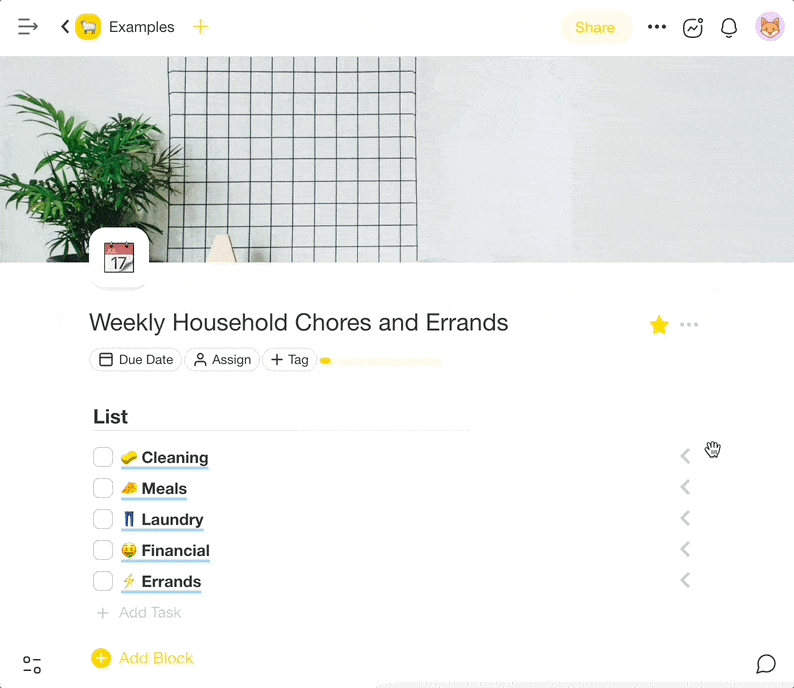
You’re Overcomplicating Things
Paradoxically, the simplicity and flexibility of the to-do lists is what makes it so terrifying. A 5-item list can grow ad infinitum because it’s so easy to add more tasks. It gets even more intimidating when you slip up and fail to deliver your daily to-do quota.
Another common to-do qualm is obsessing over the form. Remember, your to-do list is not your production system. Most to-dos are disposable so playing with fonts or putting everything in beautiful frames is like brooding over the color of a washi tape for your BuJo.
It’s just another form of productivity porn.
The solution? Stick to essentials and customize your lists to maximize utility rather than eye candy. The same goes for building your to-dos. According to Shark Tank’s Kevin O’Leary, you should start with 3 essential tasks and complete them before adding more.(15)
Overcomplicating the to-do lists defeats the purpose and adds friction to the process. And to-do lists, like any other habit or activity, are easier to nail when you don’t need to put too much effort into setting the stage. Atomic Habits author James Clear calls it “activation energy.”
“It’s sort of like rolling a boulder up a hill. You have to add some extra energy to the equation to push the boulder to the top. Once you’ve reached the peak, however, the boulder will roll the rest of the way by itself.”
James Clear, “The Chemistry of Building Better Habits”(16)
The lesson for today? Don’t obsess over the form and keep your to-dos short and sweet. Finally, try to keep your to-dos in one place. Even the best online to-do list apps won’t work if your workflow is all over the place. Simplify, downsize, and get work done already.
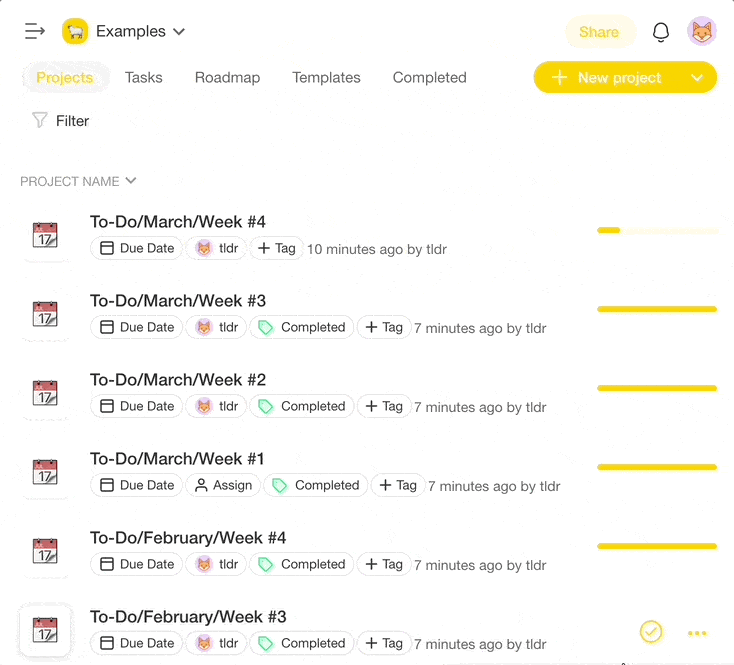
You Look To Other People’s Strategies
We’re obsessed with productivity advice. And there’s nothing wrong with that. But adopting tools and strategies makes sense only if they’re compatible with where you are in life. Waking up at 2:30 to pump iron won’t work for most people unless you’re Mark Wahlberg.
Ready for another shocker?
There’s no such thing as “the ultimate productivity advice.” Different people have different experiences, life circumstances, and biological predispositions that determine productivity patterns. That said, your aversion to to-dos may have a different source altogether.
Here’s what GTD’s creator David Allen has to say on the subject:
“So, it’s not to-do lists per se that are uncomfortable — it’s just that the content of them is still unclear. If you have determined a specific next action about ‘Mom,’ such as ‘Call sister’ to get her input on how to celebrate mom’s birthday, that item on a ‘Calls’ list will be a lot more attractive and easy to engage with.”
“The Resistance to To-Do Lists”(17)
Allen makes a valid point about the value of context and specificity (something you can achieve with outlining). But does that mean the Getting Things Done (GTD) methodology is better?
It depends on what your expectations are.
To-do lists may or may not work for you. Heck, you may even find yourself more productive putting together immaculate to-dos in color and with perfectly prioritized items. The key is to treat the to-do list on a case-by-case basis and appreciate its power in certain situations.
✅ Love Them or Hate Them, To-Do Lists Are Here to Stay
The history of the to-do list doesn’t have a clear starting point. And we’re pretty sure it won’t have a finish line either. Simple lists continue to help scientists, business magnates, inventors, and artists get stuff done. So, why not give to-dos a second chance with Taskade?
Taskade is a personal to-do software and a project management suite. It helps individuals and teams plan, manage, and execute all kinds of projects, with everything syncing in real-time. Work, chat, and get stuff done on PC/Mac, mobile, or in a web browser.
Sign up for free and make your to-dos stick! 🐑
🔗 Resources
Last Updated on October 10, 2022 by Team Taskade


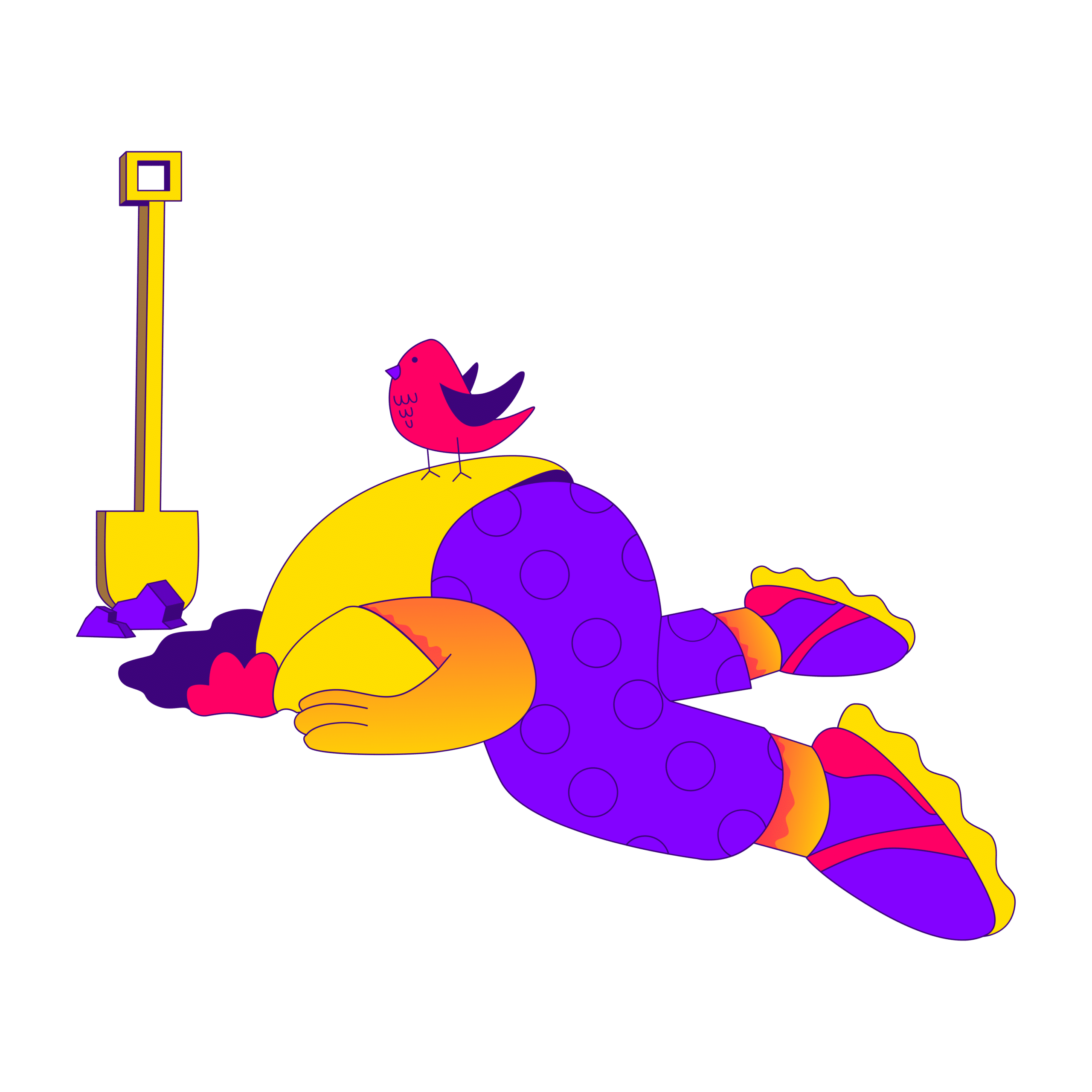 How To Humanize AI Generated Content — Build An AI Agent That Does It For You
How To Humanize AI Generated Content — Build An AI Agent That Does It For You 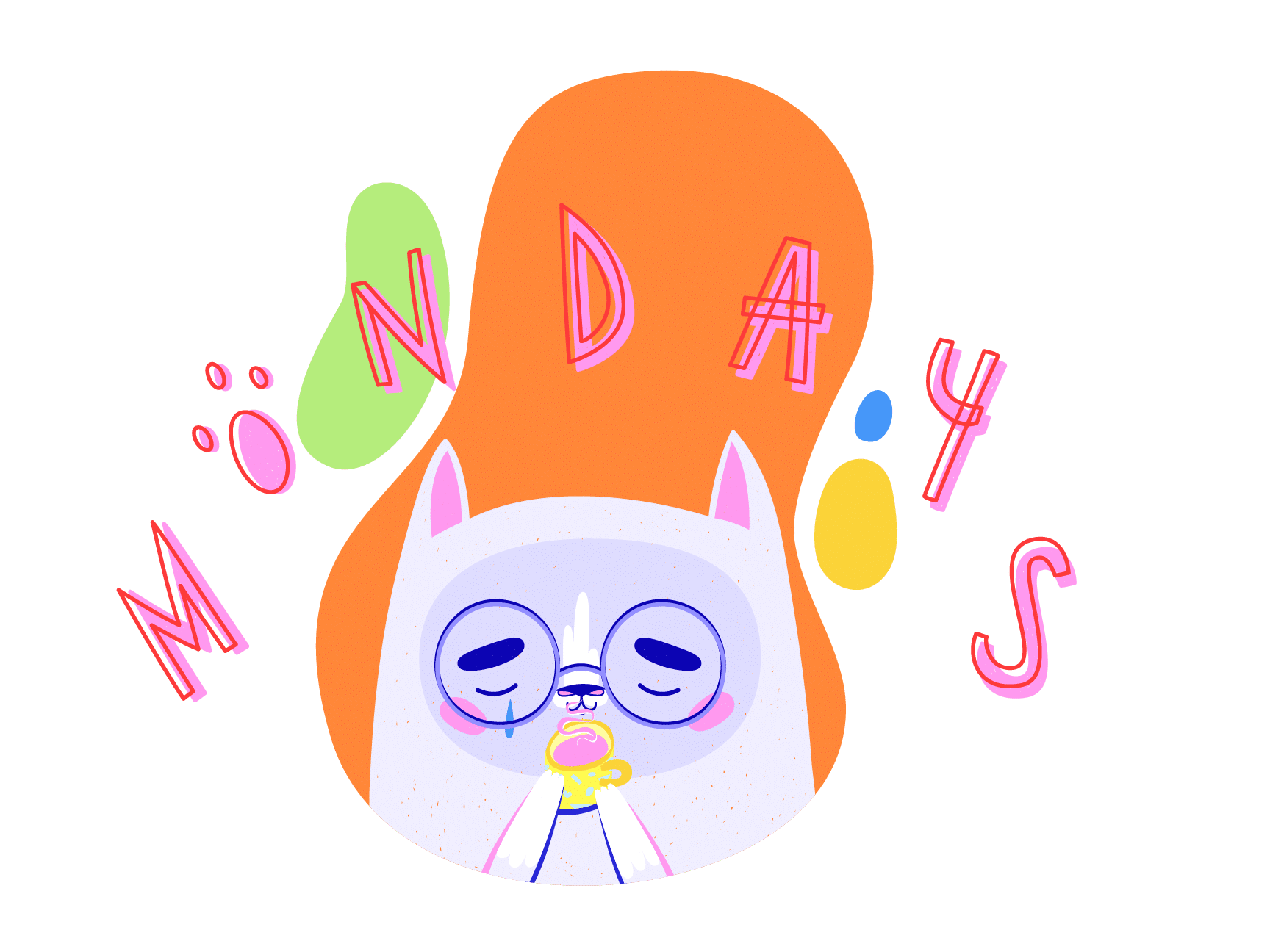 From Distraction to Action: AI For ADHD Productivity
From Distraction to Action: AI For ADHD Productivity  7 Ways AI Can Help You Manage Your ADHD Today
7 Ways AI Can Help You Manage Your ADHD Today  Top 10 AI Influencers to Watch in 2024
Top 10 AI Influencers to Watch in 2024 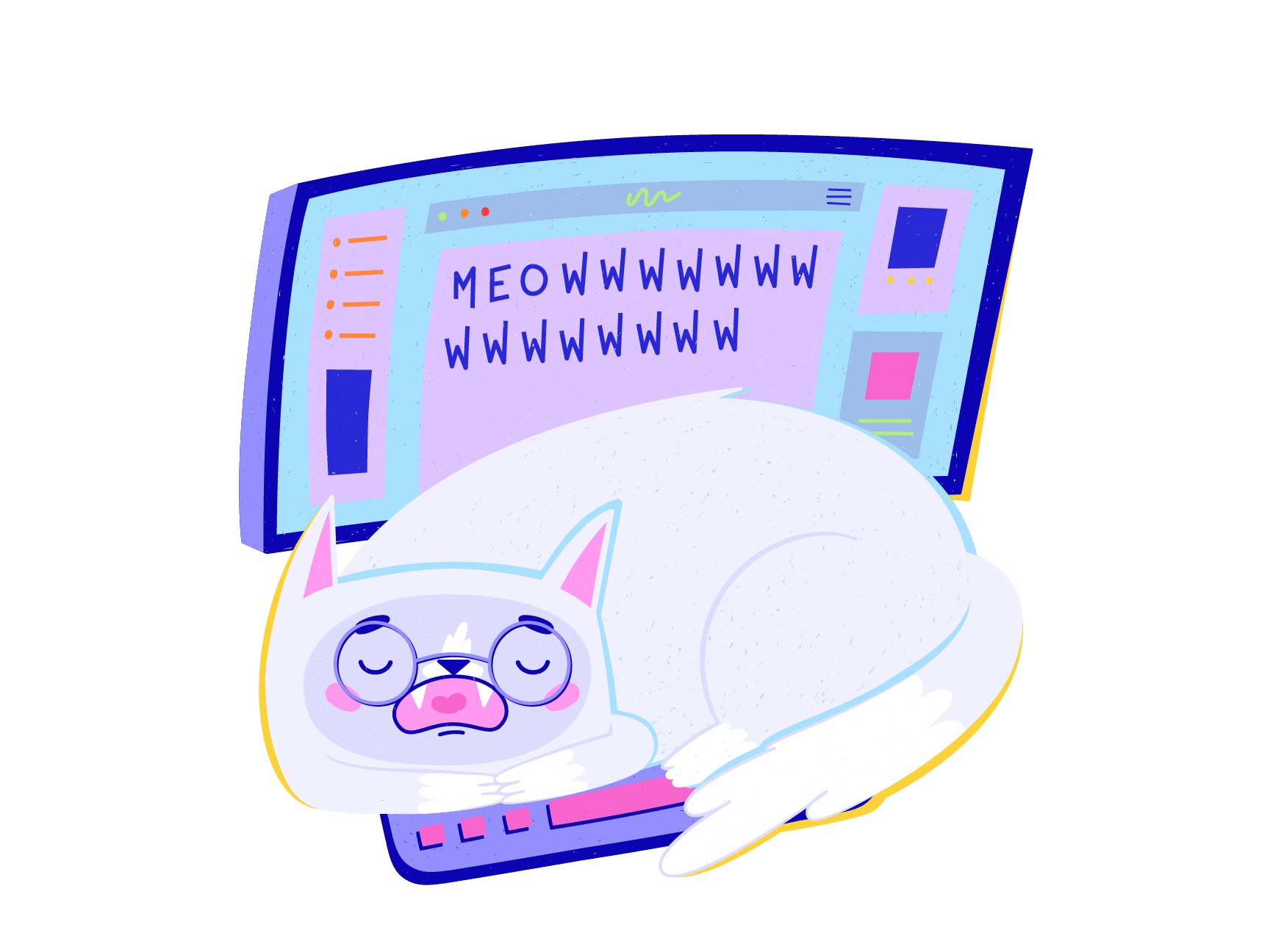 Taskade’s New Email Automation Features — Streamline Your Inbox With AI Agents
Taskade’s New Email Automation Features — Streamline Your Inbox With AI Agents  Effective Project Management Strategies for Healthcare Professionals
Effective Project Management Strategies for Healthcare Professionals